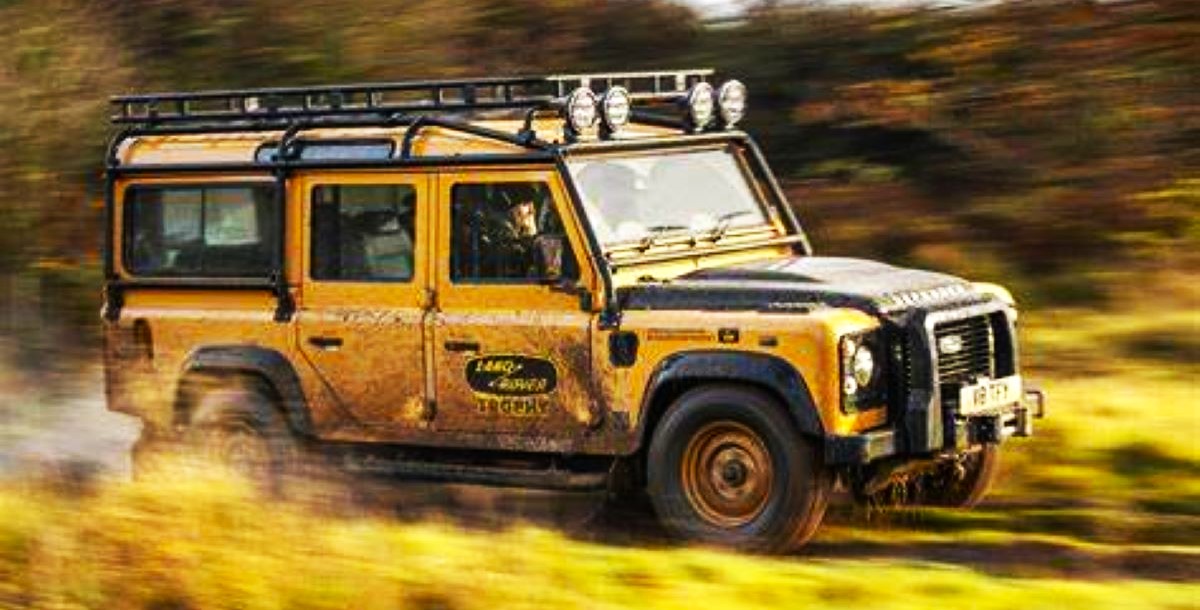An old Landrover 109, seen here with other old classic cars, a Volkswagen Beetle and Toyota Landruiser Series 40 inside the Arusha National Park (Photo by Marc Nkwame).
Tanzania is preparing to host the first Global Land-Rover Festival on the continent.
To be held in the country’s Northern City of Arusha, which is also the hub of East Africa’s tourism industry, the maiden Landrover Festival, slated for October 2024 is expected to parade more than 2000 such iconic off-roaders.
Behind the event is the Arusha Regional Commissioner, Paul Makonda who reveals that so far more than 700 Landrover vehicles have been enlisted for the event, with over 1000 people vowing to attend.
The Landrover Festival will feature the legendary British Four-Wheelers that have strong historical attachment to Tanzania, Tanganyika and the East African countries since colonial times.
Landrover has been the vehicle of choice for government institutions for over 40 years before and after independence and served as the ultimate means of rural transport at the time when the road network wasn’t very much developed.
Later, the Landrover name became synonymous with the tourism industry in Kenya, Uganda, Tanzania and other Eastern African countries, being reliable off-roaders for wildlife viewing adventures before being replaced by the Japanese Land-Cruiser 70 Series.
And during the maiden Land-Rover festival in Arusha, drivers will be exposed to a number of tourists attractions such as the Geopark at the foot of Mount Meru, Tarangire and Lake Manyara National Parks as well as the Ngorongoro Crater.
Land Rover is essentially a British brand of predominantly four-wheel drive, off-road capable vehicles that went into mass production in the Post World War II, 1947.

Even now there are 1948 Landrovers still operating in parts of East Africa, Tanzania included, indicating how rugged, reliable and long-lasting these cars happen to be.
The Marque was owned by multinational car manufacturer British Leyland and later Jaguar Land Rover (JLR), before becoming a subsidiary of Tata Motors of India from 2008.
The Land Rover trademark was endorsed in 1948 by the Rover Company for a utilitarian Four-Wheel-Drive off-road light truck.
The real off-roaders were the rugged Land Rover 108, 109 and 110-Defender models.
However the rugged lineup was discontinued in 2016 therefore the current Land Rover range consists solely of upmarket and luxury sport utility vehicles.
During its heydays, the Land Rover was granted a Royal Warrant by King George VI in 1951.
Fifty years later in 2001, Landrover received the Queen’s Award for Enterprise for outstanding contribution to international trade.
Land Rover has since grown to become its own brand.
At the moment the Landrover badge includes a growing range of four-wheel drive, off-road capable models.
The luxury branch of Landrover started with the much more upmarket 1970 Range Rover, and subsequent introductions of the mid-range Discovery and entry-level Freelander line, in 1989 and 1997, as well as the 1990 Land Rover Defender refresh.
The marque today includes two models of Discovery, four distinct models of Range Rover, and after a three-year hiatus, a second generation of Defenders, one of which is owned by the Arusha Regional Commissioner, Mr Makonda, went into production.
These 2020 Land Rover models available in short or long wheelbase, have been also featured in the latest James Bond film, ‘No Time to Die,’ and received their first African terrain testing in Namibia and Botswana.

